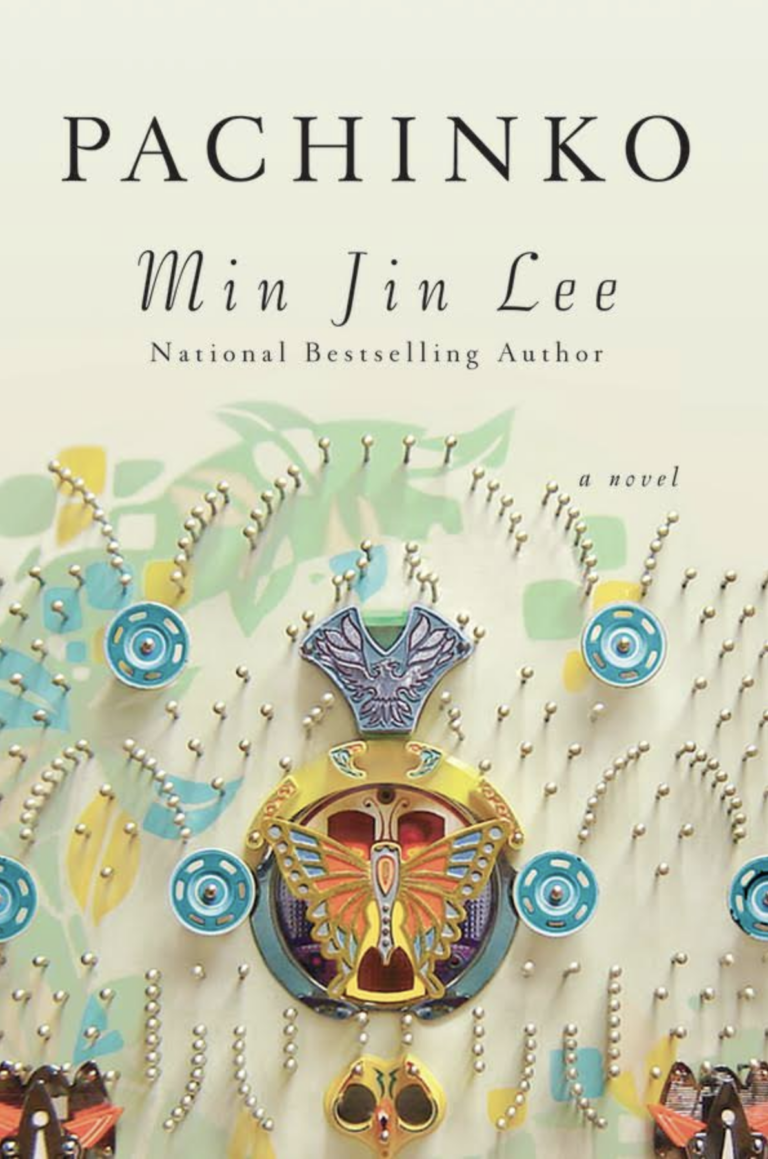

Pachinko appears to be a continuation or an expansion of "Motherland" and seems to involve the same characters from the novel (e.g., Etsuko, Mozasu, Solomon, Hana, etc.) When you were crafting the epic span of the canvas that eventually became the novel, did you start with this short story as a narrative kernel? Or did you end up creating the timelines of the novel first and realize that this story would fit in nicely within this larger world? What was your methodology and process in writing and building Pachinko? TT: I remember hearing about your plans working on Pachinko after Free Food for Millionaires ( "Millionaires") was published, and before Millionaires was released, you wrote an award-winning short story, "Motherland" (which, as noted above, won the Peden Prize in the Missouri Review). I recently interviewed Min Jin Lee about her past and current work and her next upcoming novel, American Hagwon.

Lee's short story “Motherland” won the Peden Prize from The Missouri Review and also focused on the topic of Koreans living in Japan. The novel has garnered accolades from literary critics and book reviewers, making the “Best Fiction of 2017” list for, Esquire, BBC, Entertainment Weekly, The Guardian and Book Riot, among others. That novel, Pachinko , is a marvel of masterful storytelling. After the publication of Lee's first novel, Free Food for Millionaires, Lee moved to Japan to research a new novel. Min Jin Lee's Pachinko is an epic, sweeping saga of four generations in a Korean family that spans nearly seven decades and three continents and has just been longlisted for the National Book Award.


 0 kommentar(er)
0 kommentar(er)
